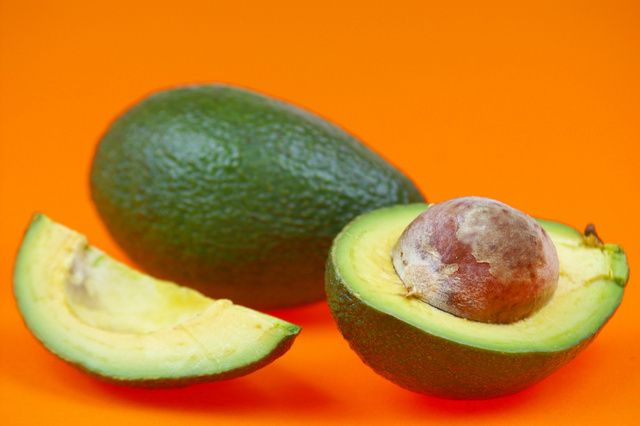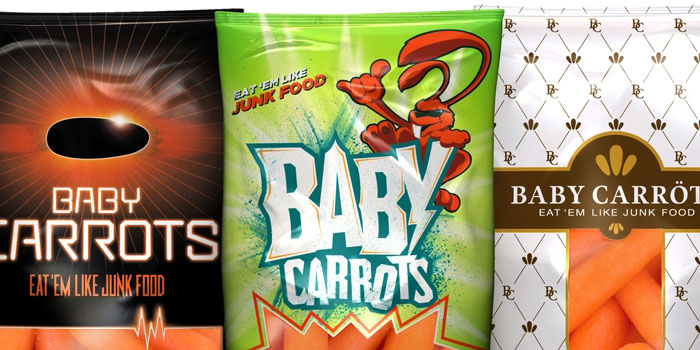February is the month of love and aphrodisiac foods are currently a “hot” topic. But can food really increase sexual arousal or fertility?
Throughout history, various foods have been thought to improve sexual interest and function and have been labeled as aphrodisiacs.
An aphrodisiac is defined as a substance that arouses our senses (sight, smell, taste, touch, and hearing) or produces an internal chemical reaction which increases sexual function.
So can eating almonds actually make women more fertile and does avocado actually increase male hormone production? To date, western medicine has not been able to confirm that certain foods create an internal chemical reaction (aside from alcohol which can reduce inhibitions). However, the notion that certain foods can lead to increased arousal may not be a far-fetched idea.
The Power of Sight
Many foods thought to be aphrodisiacs contain physical characteristics that are suggestive of reproductive organs and can visually stimulate a person’s mood. As it’s said, we eat with our eyes. Bananas and figs anyone?
The Power of Smell
It has also been found that the sense of smell and memory are very closely linked. The olfactory bulb is part of the brain’s limbic system often referred to as the emotion brain. It is no coincidence then that the aroma of apple pie can elicit a warm, contented feeling associated with cooking in grandma’s kitchen or that the smell of chocolate can bring up feelings of desire due to memories of a previous romantic encounter. Research has even found that smells a baby encountered in the womb can cause upset or induce a sense of calm later in life.
The Power of Taste
If you have found food bland and tasteless when suffering from a cold, you understand the important relationship between the nose and the tongue. As a result, information received by our taste buds is also directly linked to the more primitive side of our brains and can stimulate strong emotional responses. And just like the sense of smell, there is evidence to suggest that the foods a woman eats while pregnant and breastfeeding can impact a child’s food preferences throughout their lives. If a woman eats a lot fruits and vegetables during her pregnancy, her child may be more likely to eat healthier foods.
The Power of Touch
Unlike the other four senses, our sense of touch does not diminish with age. In fact, our need to touch and be touched increases as we get older. A touch has the ability to instantly calm or energize someone. As babies we crave physical contact and, if we don’t receive it, our brains do not develop fully which can lead to significant learning and behavioral problems later in life. In many countries, people interact directly with food by eating it with their hands. Being able to experience the sensation of the food on your fingertips and when it touches your mouth can be very stimulating. Certain foods can been considered aphrodisiacs partly because of the physical sensation they elicit such as the softness of oysters or the creaminess of melted chocolate.
The Power of Hearing
OK, so perhaps hearing someone chewing is not the most romantic thing in the world and eating foods that are crunchy versus chewy won’t make much of a difference but it never hurts to put on a little Barry White or slow jazz on the stereo while feeding your loved one a chocolate-covered strawberry!
Common Aphrodisiac Foods
Curious about which foods have been labeled aphrodisiacs over the years? Here is a list of foods that are commonly associated with increased sexual arousal.
Almonds
The aroma produced by almonds was thought to arouse women and increase their fertility. Almonds are high in vitamin E, magnesium and fiber and help to lower cholesterol and improve your general well-being.
Asparagus
The phallic shape of the asparagus was thought to stimulate arousal. It is high in folic acid which is thought to increase histamine production. Histamine has been found to increase wakefulness and orgasm potential in both men and women.
Avocado
The avocado was labeled an aphrodisiac by the Aztecs because of how they looked while dangling from the tree. (Hint: Avocados like to hang in pairs!) However, avocados are also very high in dietary fiber, folate, and vitamin K and promote heart health.
Banana
Yes, the banana unsurprisingly has made it onto the list of aphrodisiac foods. In addition to its shape, the banana also is rich in potassium and vitamin B thought to be associated with our sex hormones.
Basil
The smell of basil was thought to be so enticing to men that women use to rub basil powder on their bodies to lure in the opposite sex. Basil has been linked to increased blood circulation and pain relief.
Chocolate
Chocolate has long been associated with love and romance. Researchers have determined that chocolate contains phenylethylamine and serotonin which our bodies produce when we are feeling happy. Chocolate also has been found to contain a substance called anandamide which can cause feelings of increased positive affect.
Figs
Figs fall into the category of visually suggestive aphrodisiacs. A fig that has been cut in half is thought to look like female sex organs.
Garlic
Garlic, like basil increases circulation and therefore has long been thought to increase sexual performance. If you are thinking of including it your romantic meal, however, you might want to roast it first to decrease its pungent aroma.
Honey
The word honeymoon is thought to have originated because of the custom to consume mead, or honey beer, for one month following marriage to increase fertility. Honey is rich in B vitamins thought to increase testosterone production.
Oysters
Oysters have been considered an aphrodisiac food since Roman times. Oysters are high in zinc which has been found to be important for maintaining a healthy prostate and proper testosterone levels.
Pine Nuts
Pine nuts, like oysters, are also high in zinc and have been linked to sexual performance since medieval times.





Great informative post!